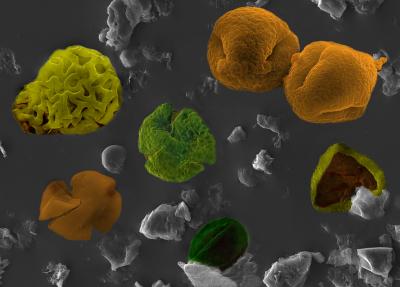For Longer-Life, Disease-Free Roses, NC State Researchers Insert Celery Gene
A rose by any other name would smell … like celery?
North Carolina State University research intended to extend the “vase life” of roses inserts a gene from celery inside rose plants to help fight off botrytis, or petal blight, one of the rose’s major post-harvest diseases.
Some fungal pathogens, the bad guys that infect plants, produce a sugar alcohol called mannitol that interferes with the plant’s ability to block disease like petal blight, which produces wilty, mushy petals – an effect similar to what happens to lettuce when it’s been in the crisper too long. (more…)

